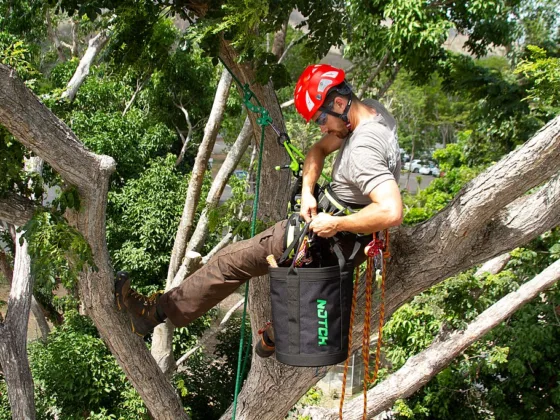Table of Contents Show
Every profession requires some specific skills and expertise distinct to it. To achieve success in a particular career, a person must possess adequate knowledge about it.
Landscape Architecture is a profession that requires a creative sense from people associated with it. These are individuals who design outdoor environments, especially gardens, and structure parks with roads and buildings.
The landscape architect is an integral part of the urban cosmos. These are individuals responsible for resolving and designing more significant issues of general requirements and social settings.
It is indeed a profession that requires high-quality skill and precision. The discipline requires the architect to understand materiality in-depth and the psychology of the site-specific society.

The landscape includes two parts called soft scape as well as hardscape. Soft scape is the living horticulture part of the landscape, while hardscape involves the walls, paving, pathways, etc. It is more to do with the human-made aspect of the landscape.
Essential Traits of a Successful Landscape Architect
Read Also:
Knowledge of Flora and Fauna:
Landscape architecture is integrally related to plants and species. Hence, you will have to know them inside out.
The scientific names of the plants and the species, the type of soil they require to grow, the unique characteristics and nutritional requirements, are essential aspects that need consideration.
Having knowledge about different kinds of trees in a particular location will help you to design the area in a better way.
Historical Knowledge:
History indeed has treasures of hidden secrets. As a wise landscape architect, it is your responsibility to explore the hidden secrets and learn from past mistakes.
The various technological advancements of modern times have their roots in the past. The study of old architectural buildings, mansions, and gardens can provide an insight into history.
A wide variety of structured layout is the epitome of symbolism and an eye-opener for generations.
Memories and Emotions:
It means that landscape architects do not just aim at designing sites, but they also play an integral role in cultivating the space for memories and emotions.
Landscape architects know that the public landscape is about designing, but it has many emotions and nostalgia associated with it.
Internalizing the Context:
Landscape architecture revolves around various factors. A good architect should implement the instructions of the client minutely.
Many factors can influence the site, which includes climatic conditions, connectivity, cultural values, etc. Careful observation becomes necessary in this respect.
The human-centric design should be the ultimate focus. The humane method means a sensible plan that pays attention to specific details, enables critical thinking, and keeps with necessary human behavior, behavioral patterns, etc.
Communication:
As an architect, you will have to voice your opinion to explain why you are sketching or drawing a particular look. Your designs require a proper market, for which you will have to convey your thought through your work.
The study of human behavior is also called psychology. For a landscape architect giving proper attention to psychology is essential. It is environmental psychology of which social psychology is a part that requires deliberation.
A good landscape design service like Lamond will understand the client’s psychology and give them the desired results.










